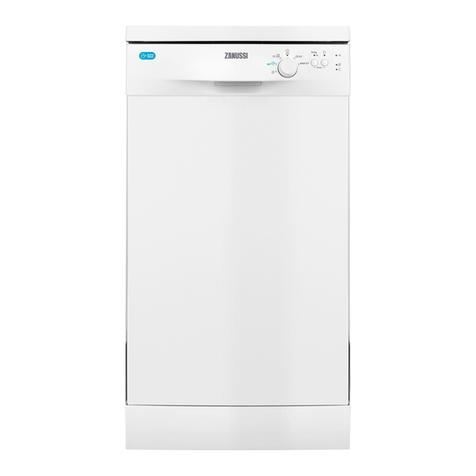Zanussi ZD 604 B User manual
Other Zanussi Dishwasher manuals
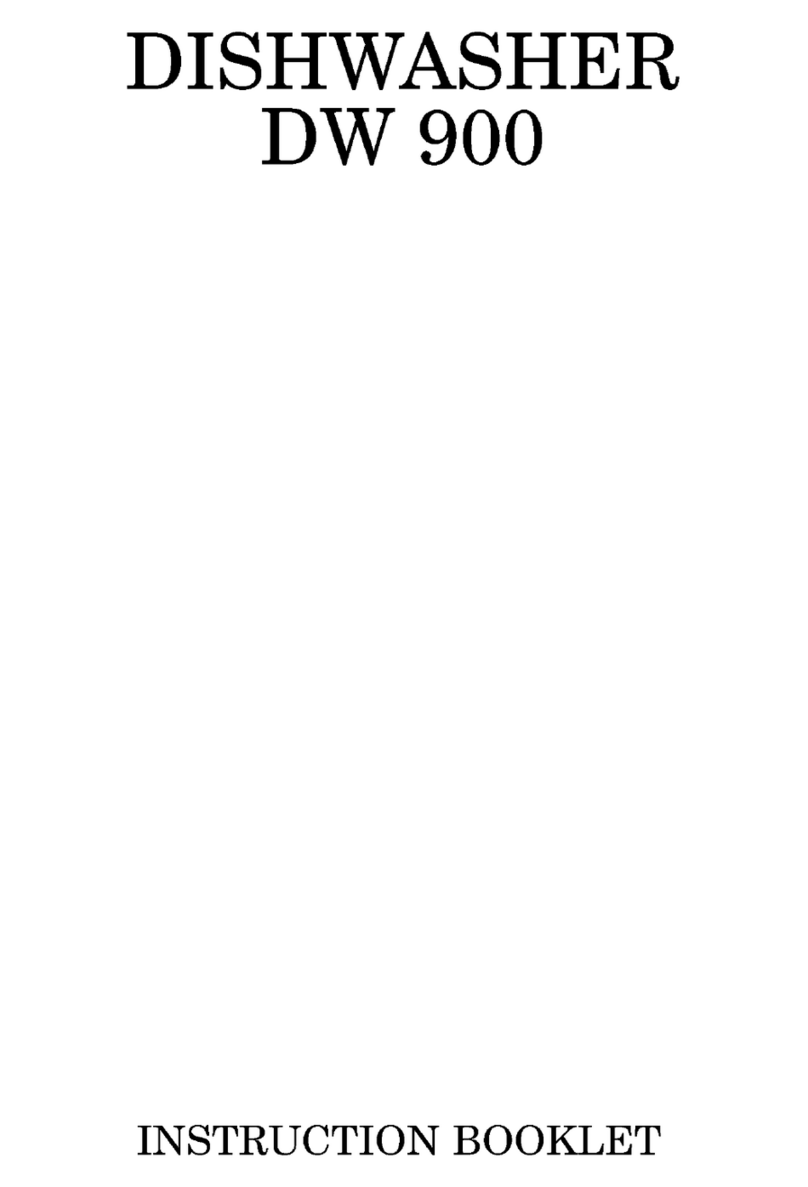
Zanussi
Zanussi DW 900 User manual
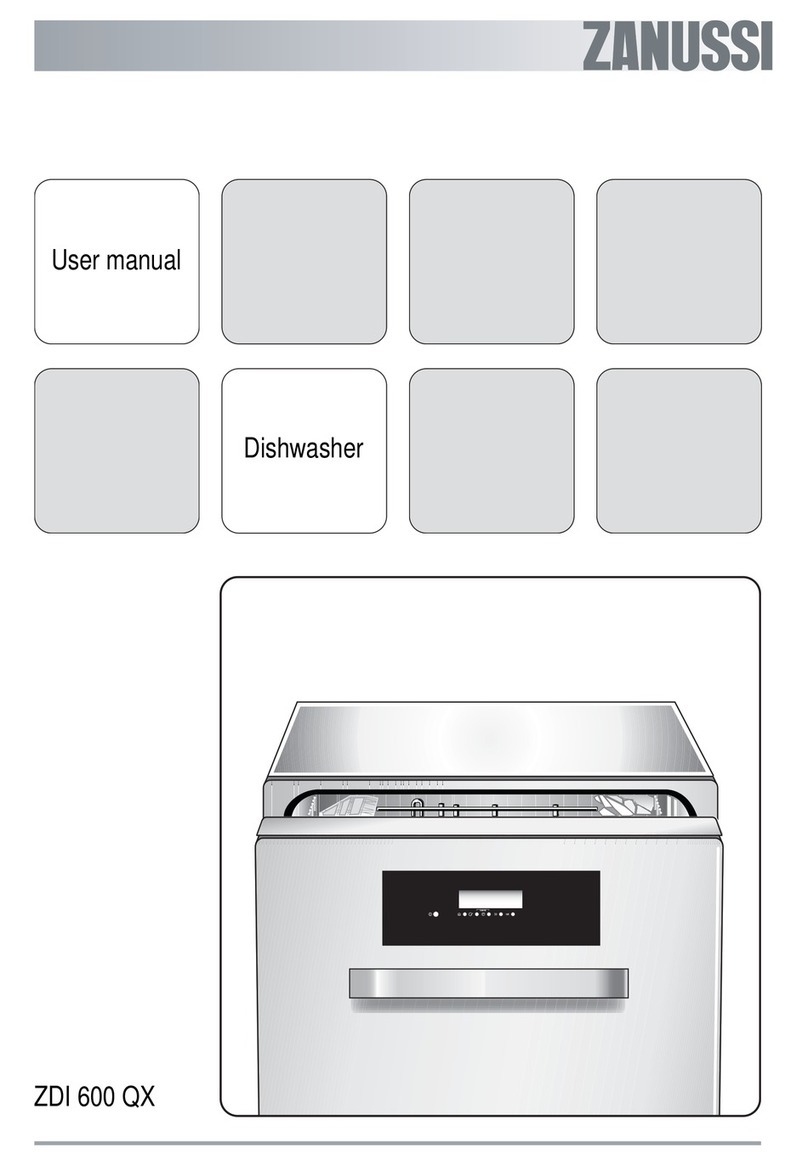
Zanussi
Zanussi ZDI 600 QX User manual

Zanussi
Zanussi DA6341 User manual

Zanussi
Zanussi ZDF210 User manual
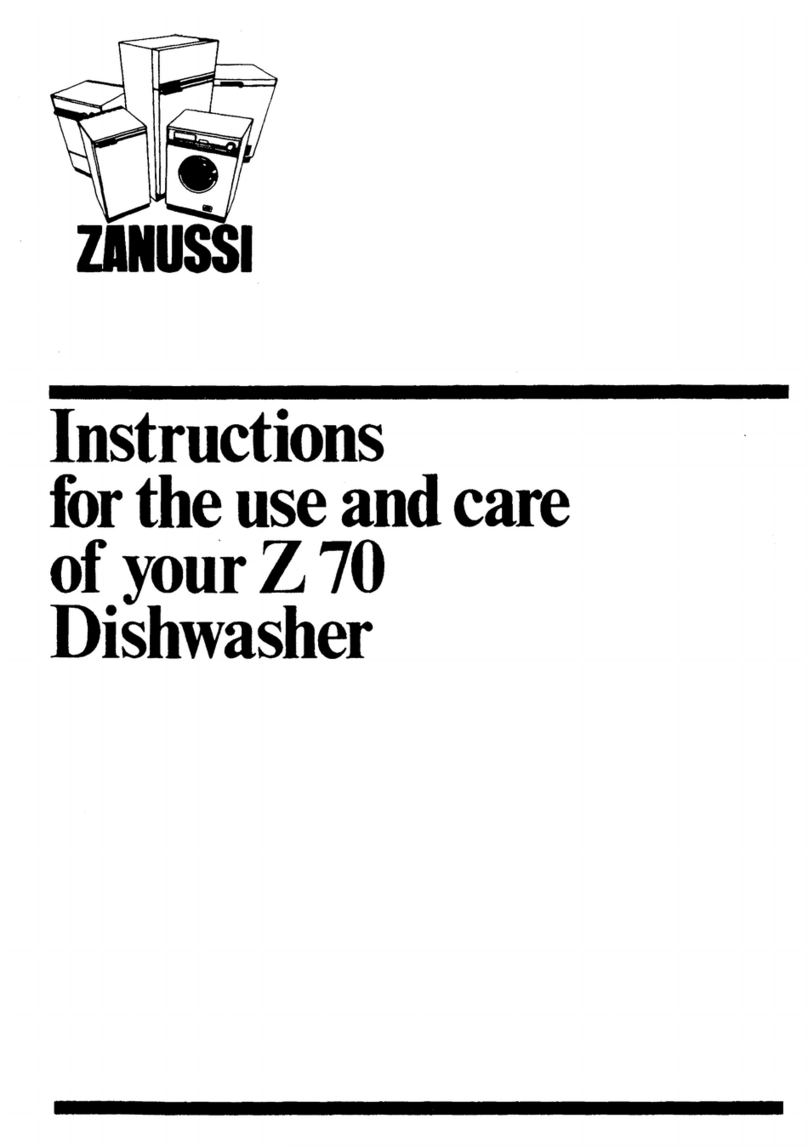
Zanussi
Zanussi Z 70 Assembly instructions

Zanussi
Zanussi NHT8 User manual

Zanussi
Zanussi ZDLN2621 User manual
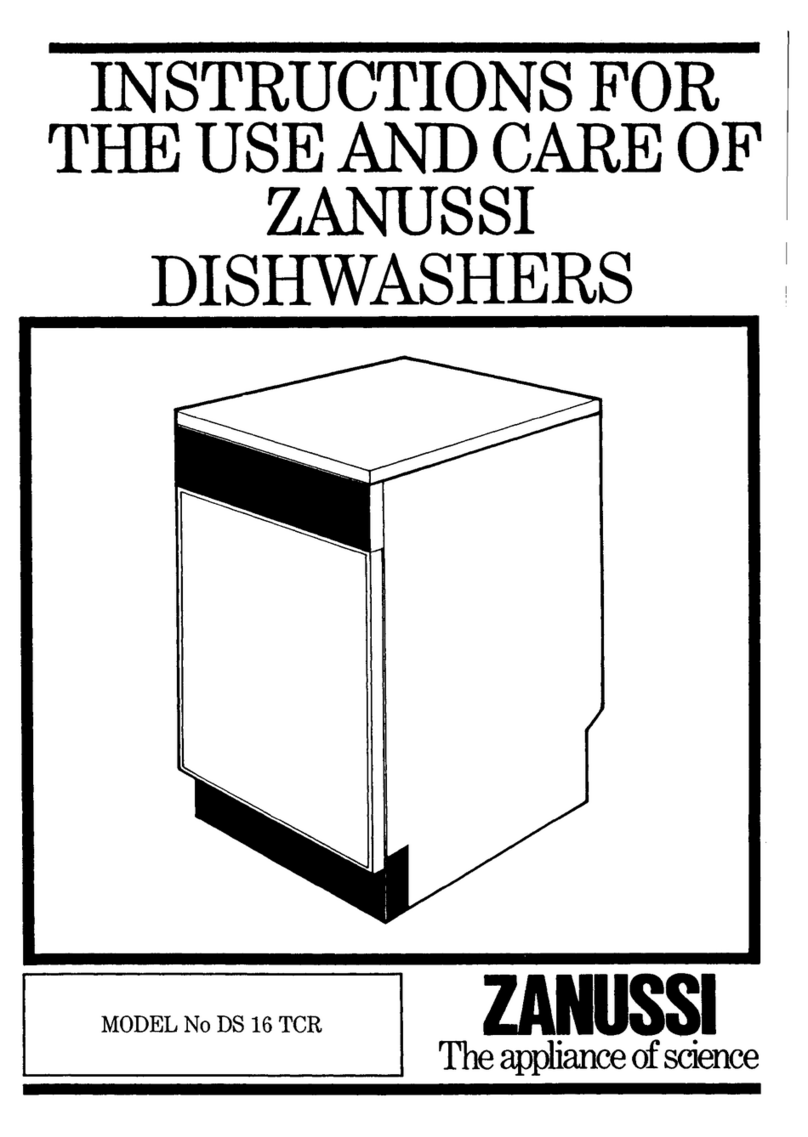
Zanussi
Zanussi DS 16 TCR Assembly instructions
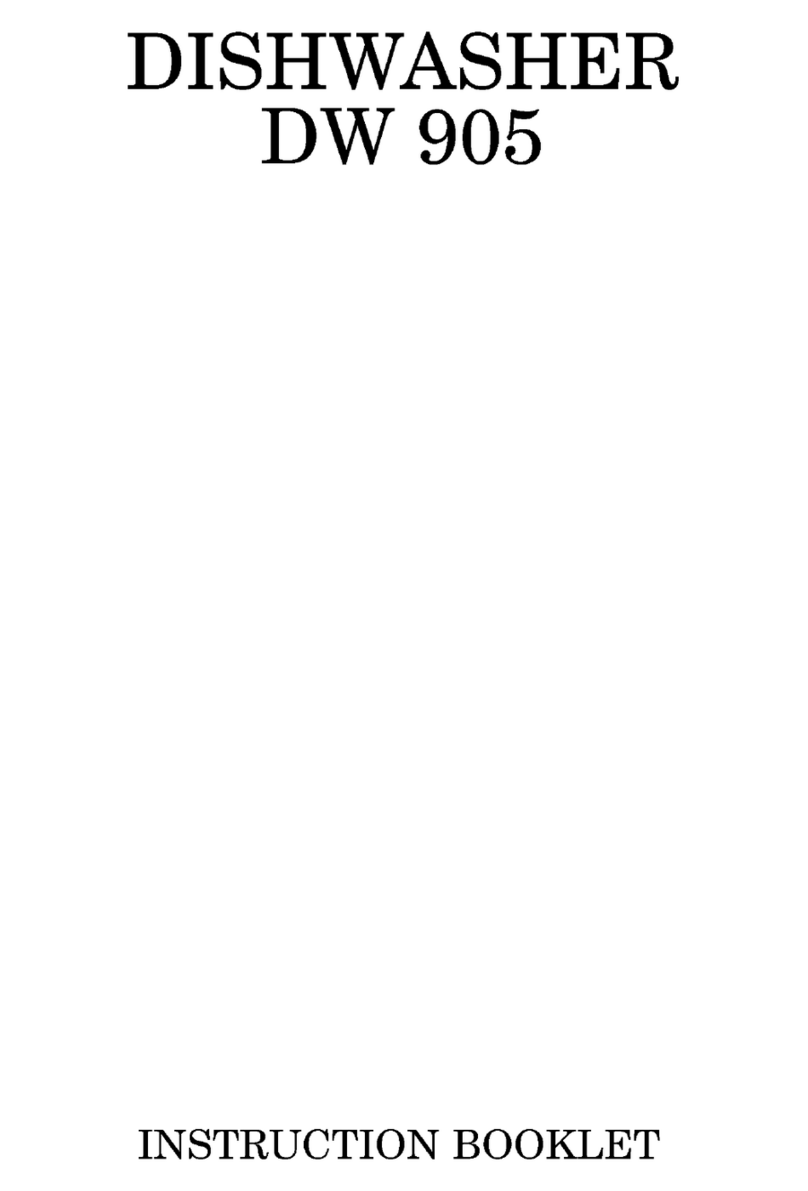
Zanussi
Zanussi DW 905 User manual
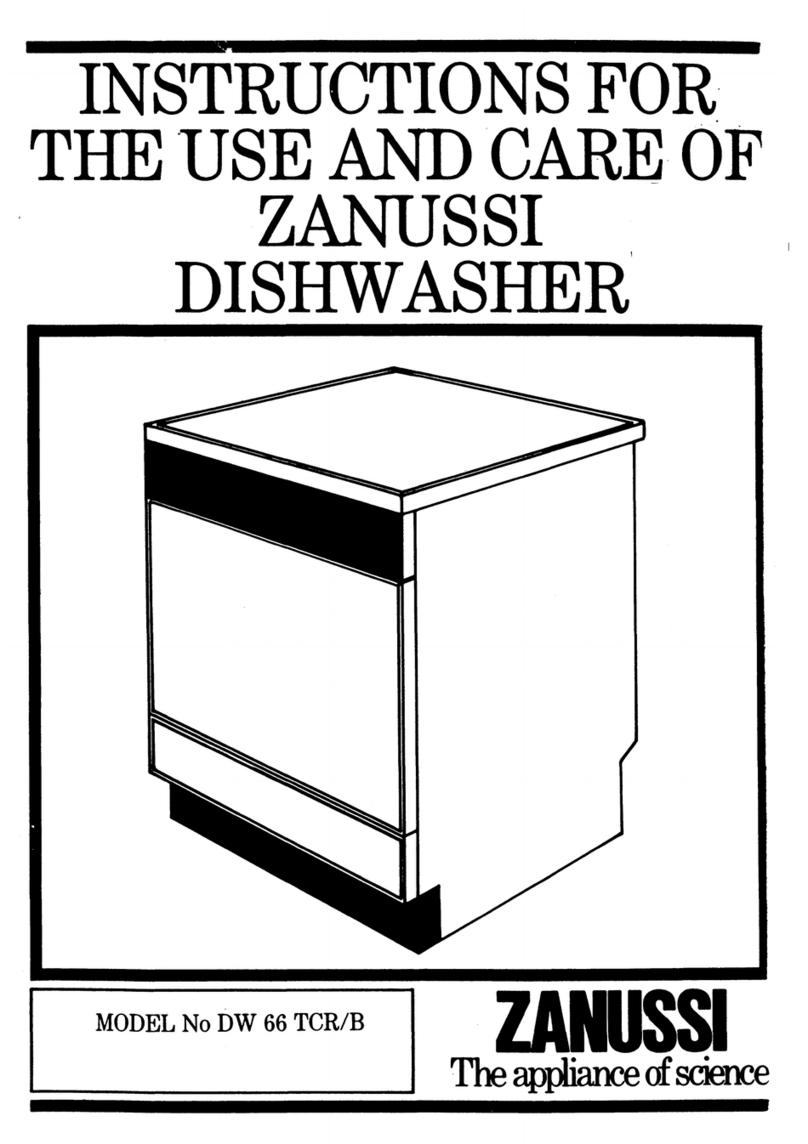
Zanussi
Zanussi DW 66 TCR/B Assembly instructions

Zanussi
Zanussi DA 4342 User manual
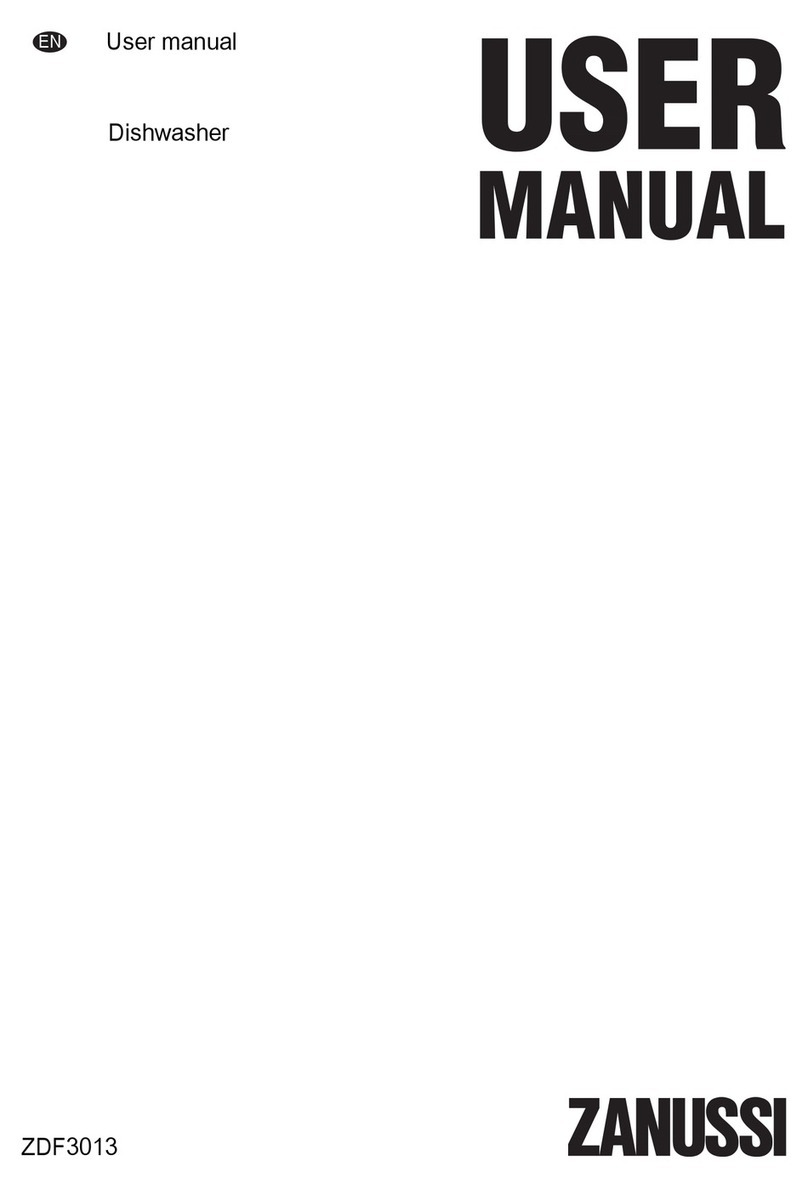
Zanussi
Zanussi ZDF3013 User manual
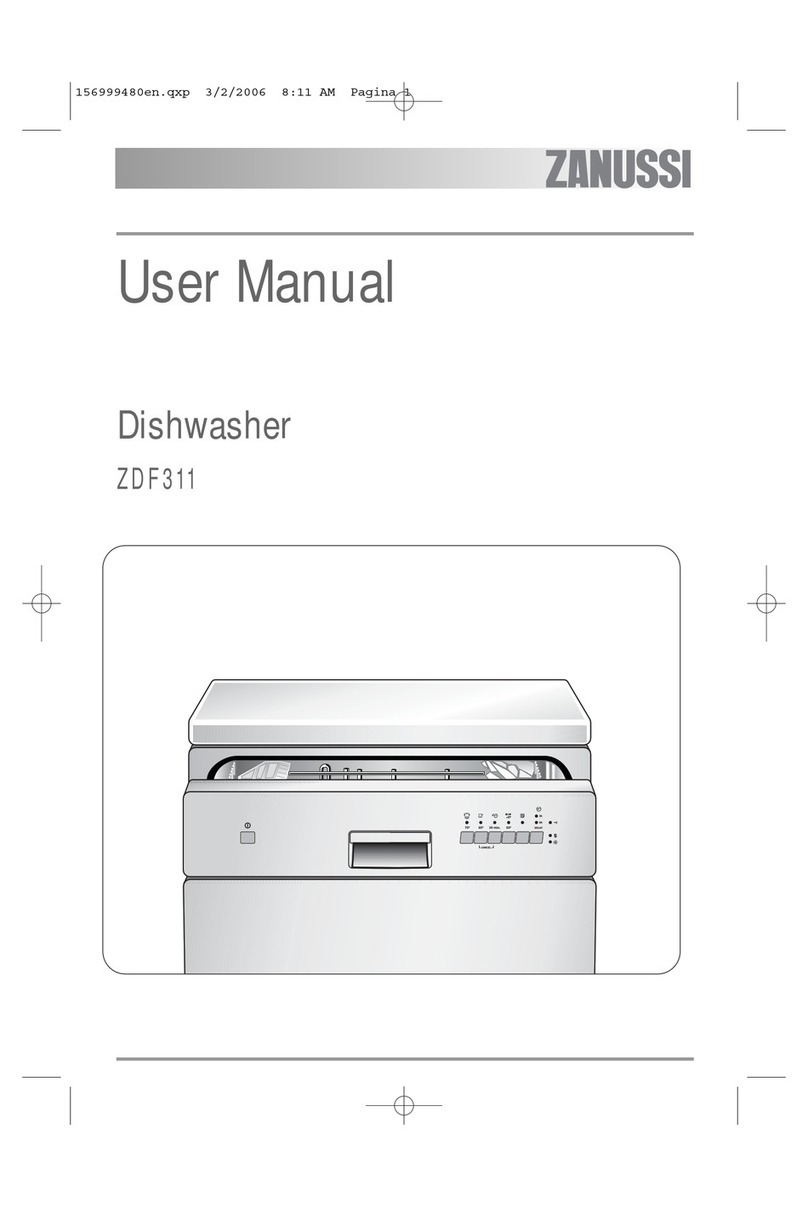
Zanussi
Zanussi ZDF311 User manual
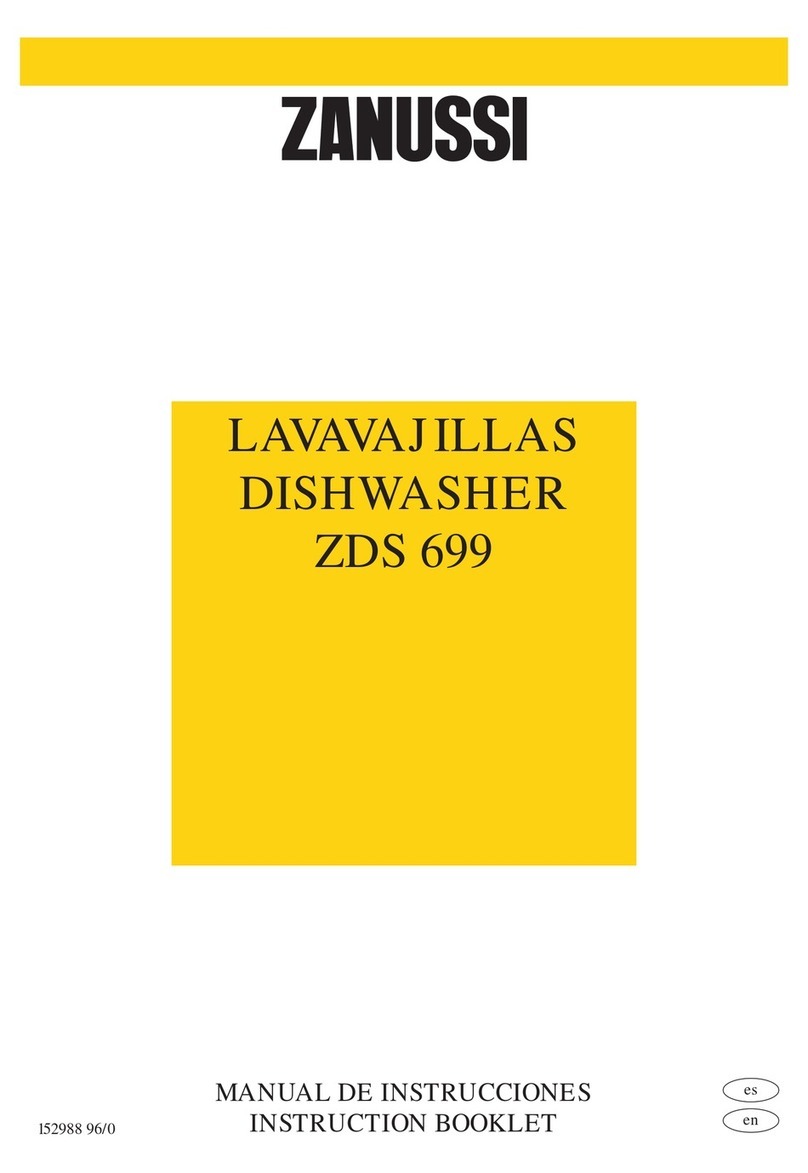
Zanussi
Zanussi ZDS 699 User manual
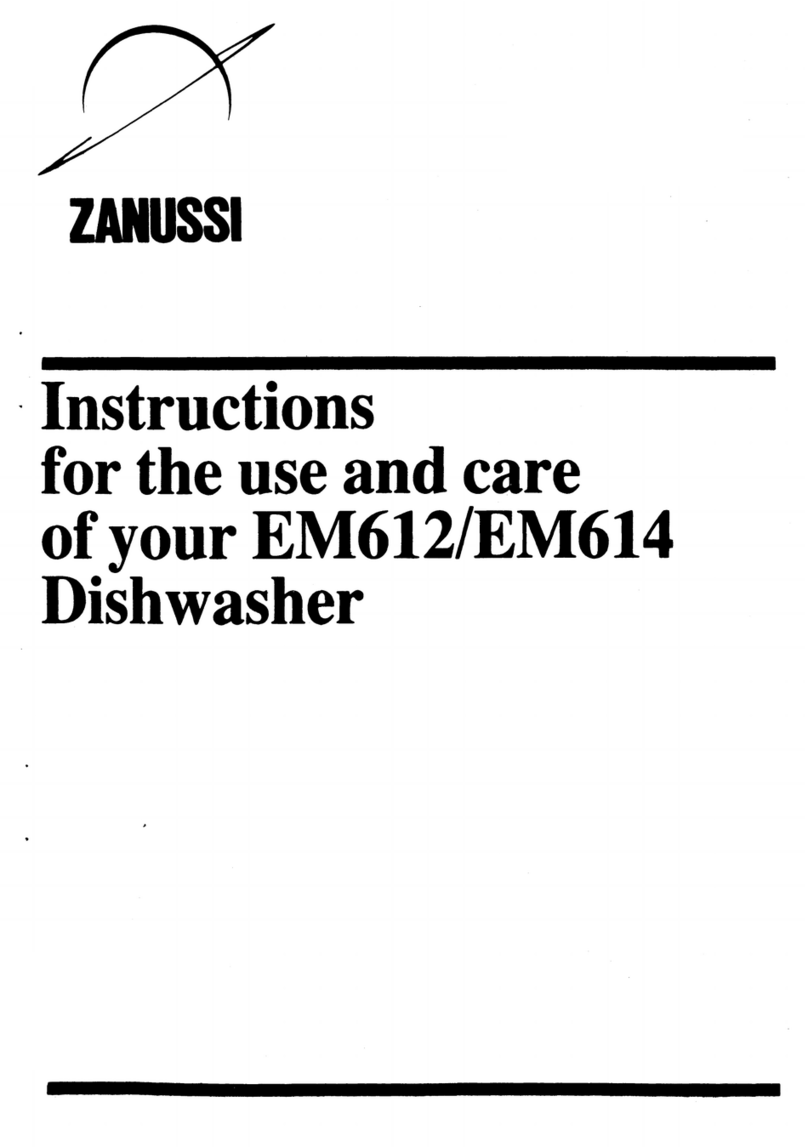
Zanussi
Zanussi EM612 Quick reference guide
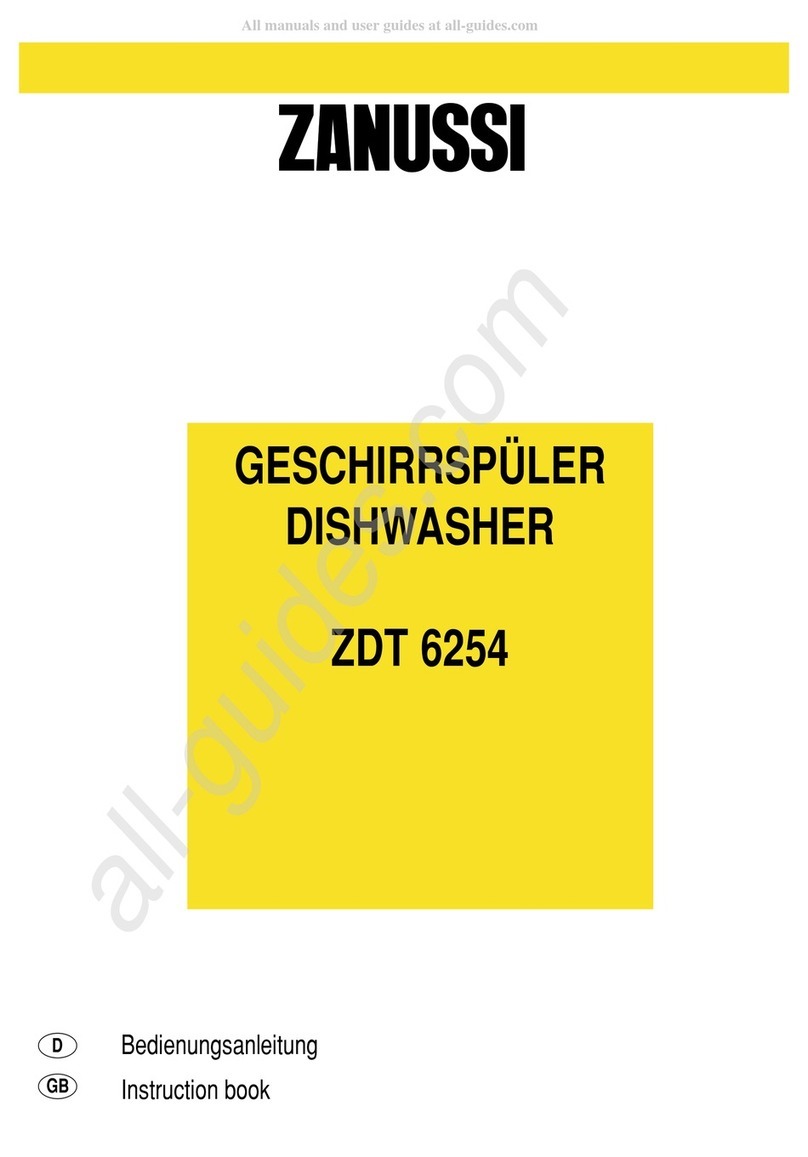
Zanussi
Zanussi ZDI 6254 User manual
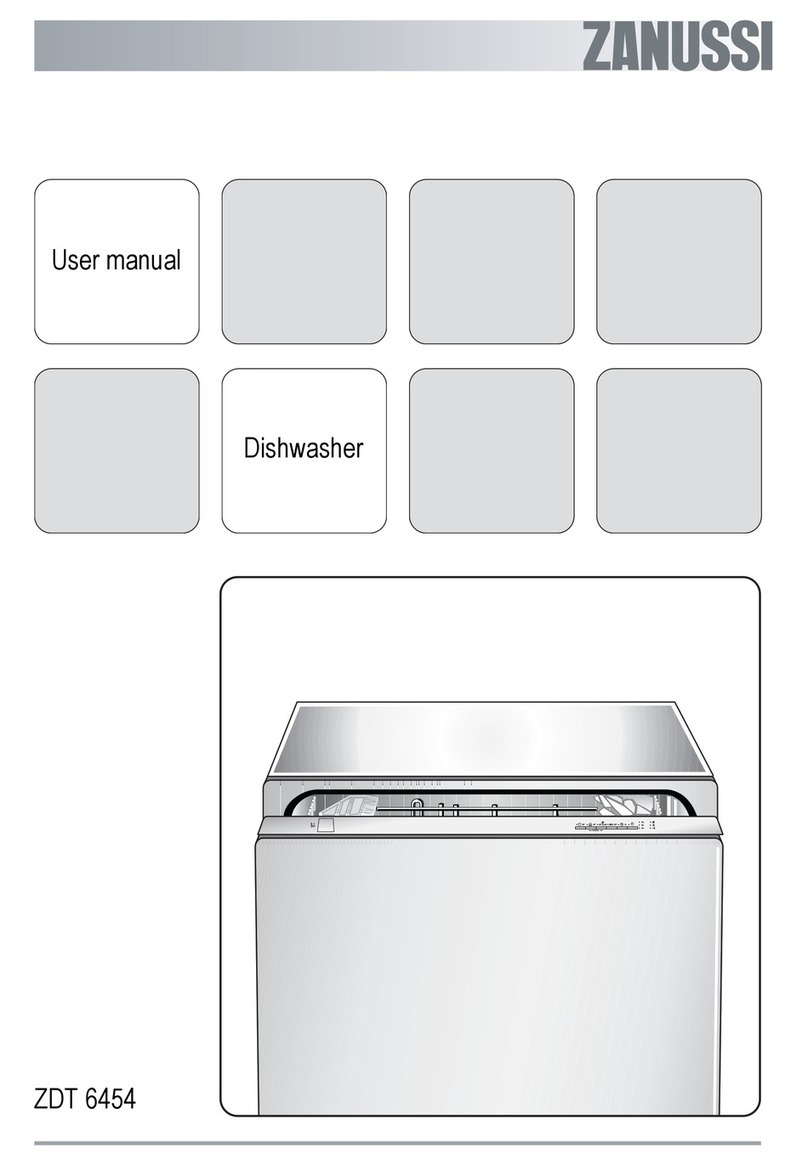
Zanussi
Zanussi ZDT 6454 User manual
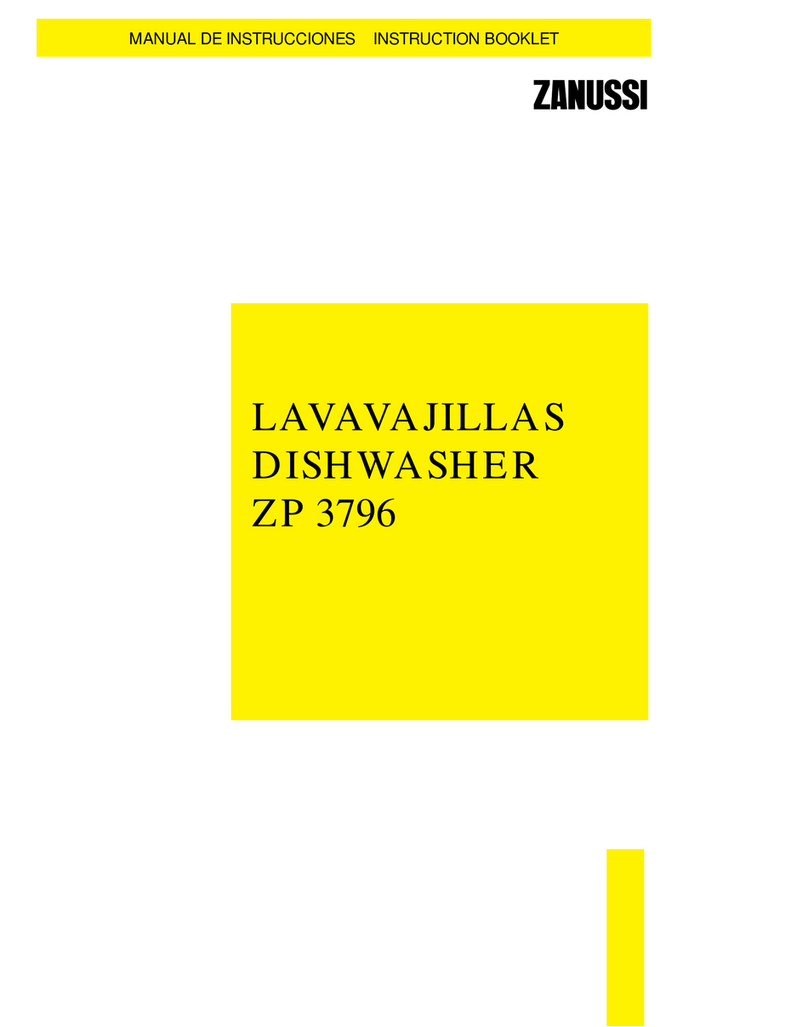
Zanussi
Zanussi ZP 3796 User manual
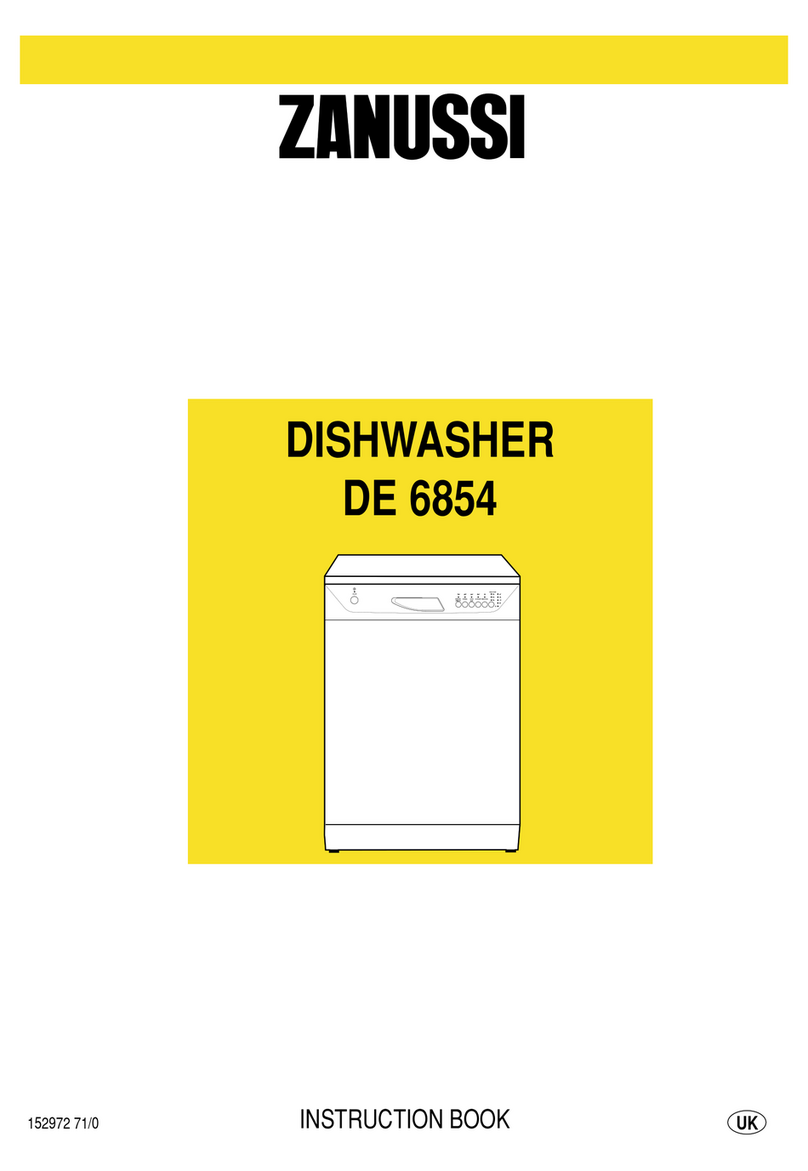
Zanussi
Zanussi DE 6854 User manual
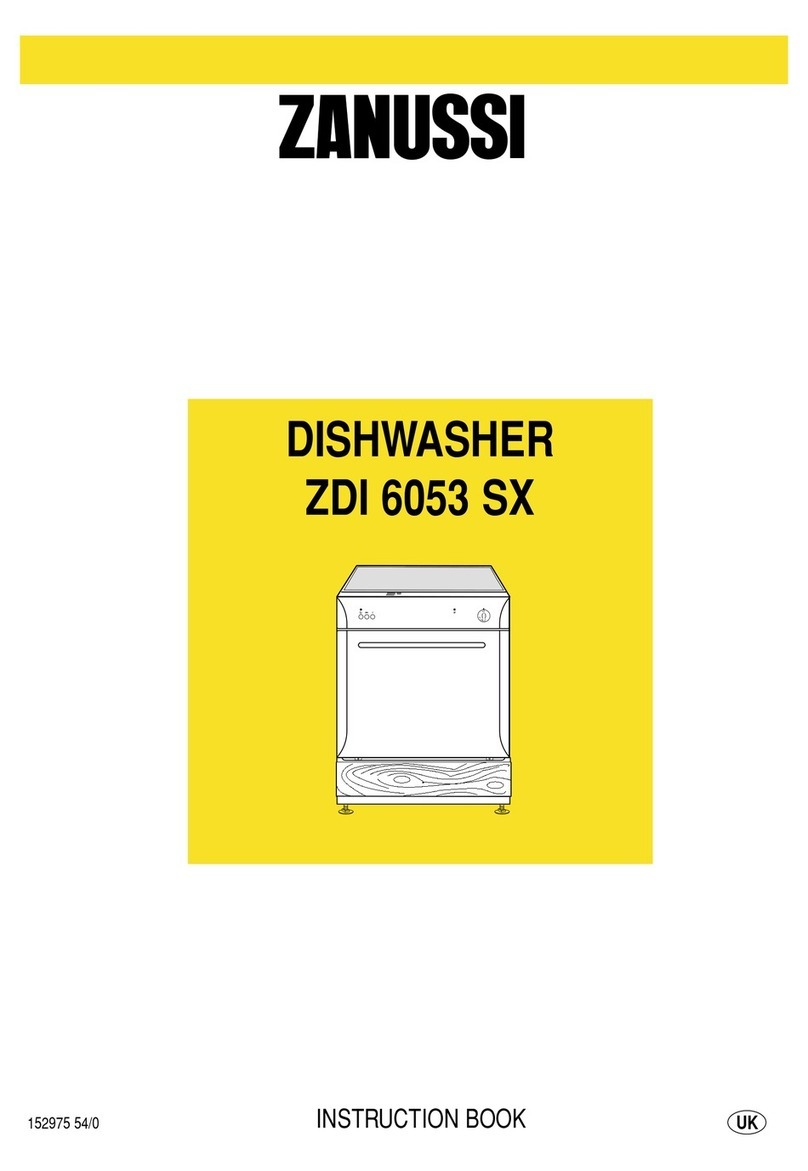
Zanussi
Zanussi ZDI 6053 SX User manual


